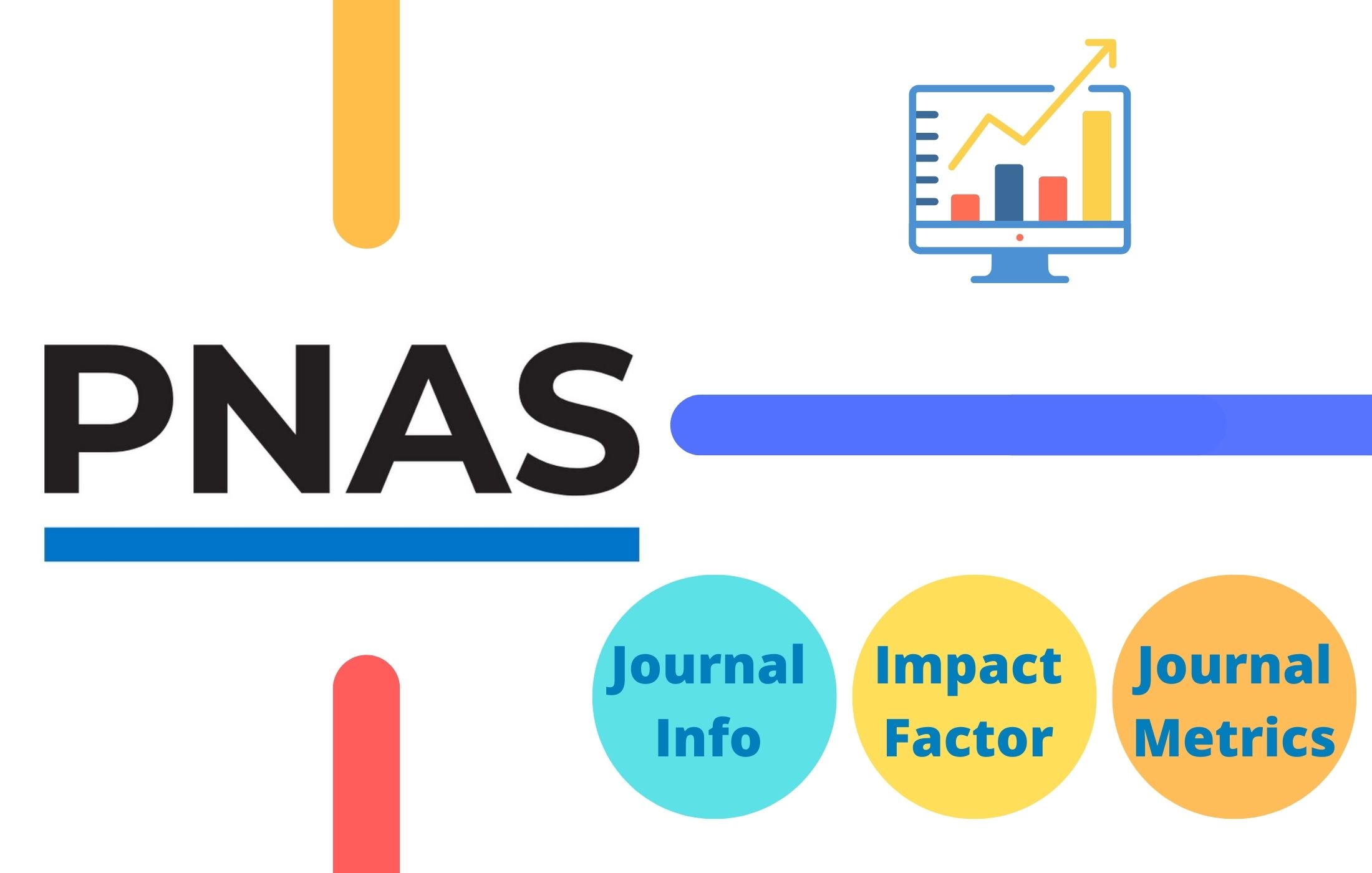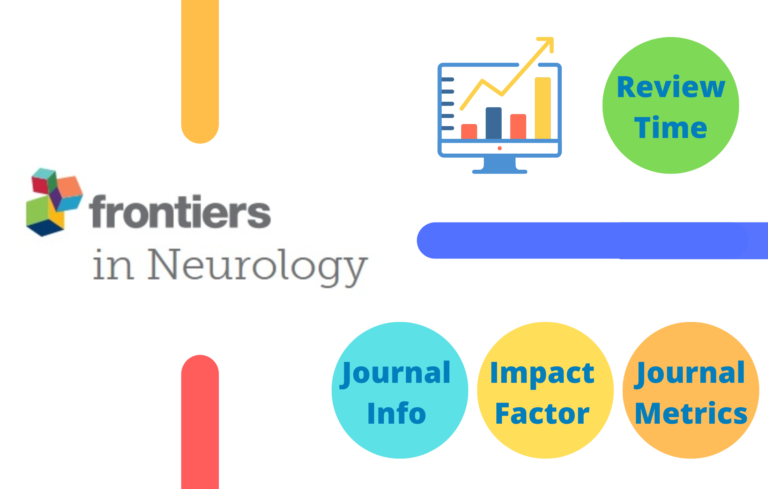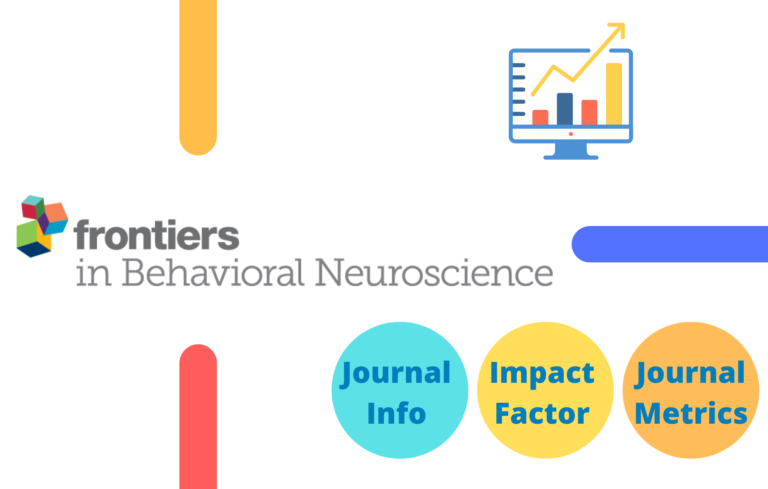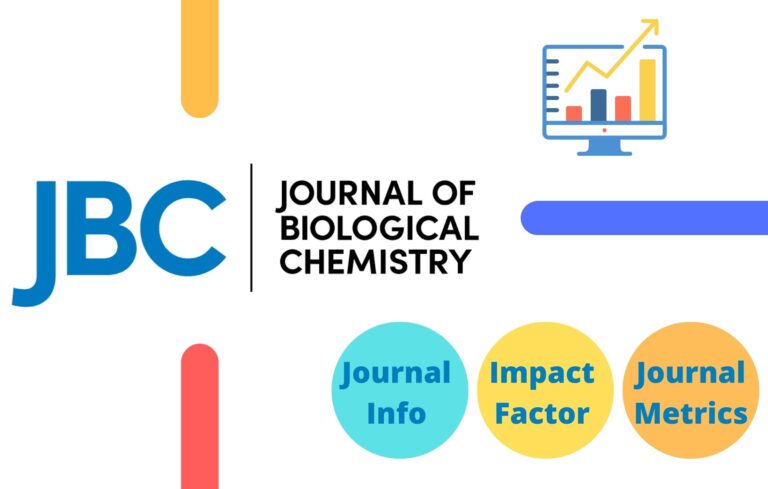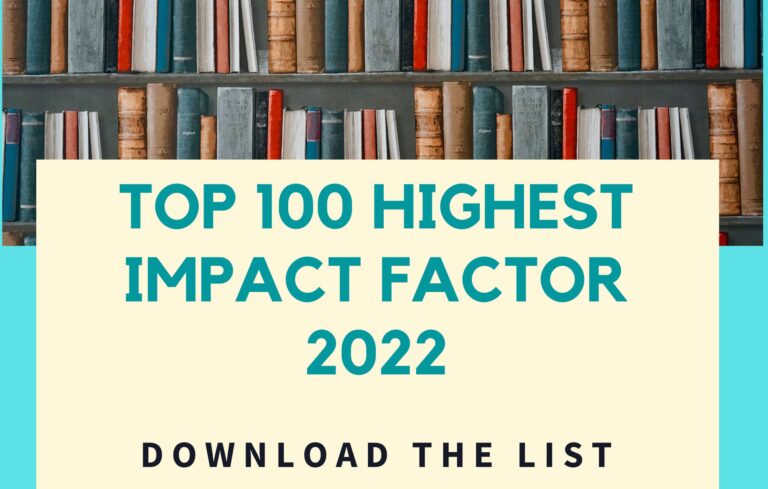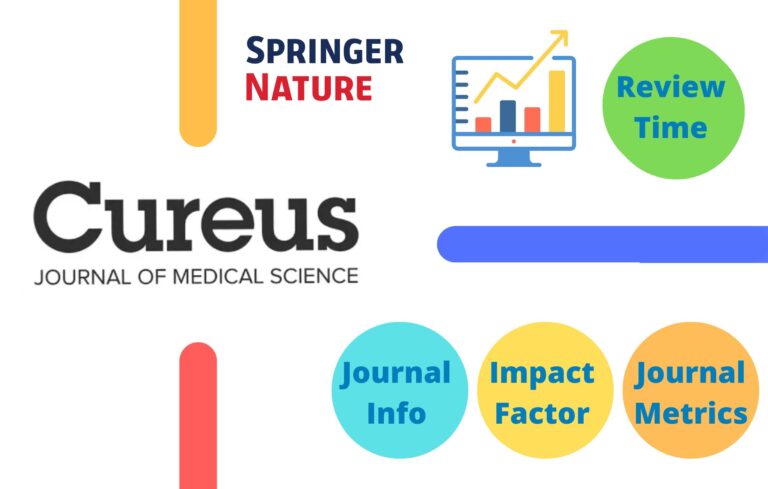Here in this post, apart from PNAS Impact Factor, I have tried to compile all the necessary information a research scholar would seek before publishing an article in the journal.
About PNAS Journal
Proceedings of the National Academy of Sciences of the United States of America (PNAS) is a peer-reviewed multidisciplinary scientific journal.
It is the official journal of the National Academy of Sciences, published since 1915, and publishes original research, scientific reviews, commentaries, and letters.
PNAS Impact Factor
Impact Factor (IF) or often called journal impact factor (JIF) is an index provided by an analytics company named Clarivate. The impact factor is calculated by dividing the number of times the articles are cited in the last two years by the total number of publications in those two years.
For example,
- Total Citations in 2020 and 2021 = 500
- Total Number of Publications in 2020 and 2021 = 100
- Impact Factor of the Journal in 2022 = 500/100 = 5
PNAS Impact Factor (2017-2022)
- PNAS Impact Factor 2017 – 9.504
- PNAS Impact Factor 2018 – 9.580
- PNAS Impact Factor 2019 – 9.412
- PNAS Impact Factor 2020 – 11.205
- PNAS Impact Factor 2021 – 12.777
- PNAS Impact Factor 2022 – 11.1 (updated in June 2023)
PNAS Impact Factor 2022
PNAS H-index
The h index is a metric for evaluating the cumulative impact of an author’s scholarly output and performance; measures quantity with quality by comparing publications to citations.

The h index of PNAS Journal is 805, which means among all the published articles in this journal, 805 of these publications have received at least 805 citations each.
PNAS Journal Metrics
PNAS CiteScore
CiteScore (CS) of an academic journal is a measure reflecting the yearly average number of citations to recent articles published in that journal.
| Cites / Doc. (3 years) | 2018 | 9.022 |
| Cites / Doc. (3 years) | 2019 | 8.892 |
| Cites / Doc. (3 years) | 2020 | 9.438 |
| Cites / Doc. (3 years) | 2021 | 10.956 |
| Cites / Doc. (2 years) | 2018 | 8.371 |
| Cites / Doc. (2 years) | 2019 | 8.191 |
| Cites / Doc. (2 years) | 2020 | 8.963 |
| Cites / Doc. (2 years) | 2021 | 10.535 |
PNAS SCImago Rank
The SCImago Journal Rank (SJR) indicator is a measure of the scientific influence of scholarly journals that accounts for both the number of citations received by a journal and the importance or prestige of the journals where the citations come from.
| Year | SCImago Journal Rank (SJR) |
|---|---|
| 2018 | 5.601 |
| 2019 | 5.165 |
| 2020 | 5.011 |
| 2021 | 4.184 |
PNAS Editorial Board Members
Editor in Chief: May R. Berenbaum
Senior Editors
- Huda Akil
- Angela M. Gronenborn
- Philippa Marrack
- Catherine J. Murphy
- Dolores R. Piperno
- Natasha V. Raikhel
- Peter J. Rossky
- Christine E. Seidman
- Neil H. Shubin
- B. L. Turner II
- Mary C. Waters
- David A. Weitz
- Owen N. Witte
PNAS Publication Fee
PNAS offers two Creative Commons licenses: CC BY-NC-ND and CC BY.
| APC | Available Licenses | |
|---|---|---|
| Delayed Open Access | $2,575 | CC BY-NC-ND |
| Immediate Open Access | $4,975 for corresponding authors from institutions with current-year site licenses (compared to our $5,475 regular fee) | CC BY-NC-ND or CC BY |
PNAS Review Time
PNAS prioritizes rapid publication and because its an open access journal, the papers are immediately available upon publication to the research community and beyond.
| Submission to First Decision | 11 days |
| Submission to first post-review decision | 46 days |
| Submission to publication | 6.6 months |
PNAS Reference Style
| Source | Example |
| Journal articles | 10. J.-M. Neuhaus, L. Sticher, F. Meins, Jr., T. Boller, A short C-terminal sequence is necessary and sufficient for the targeting of chitinases to the plant vacuole. Proc. Natl. Acad. Sci. U.S.A. 88, 10362–10366 (1991).C. Corsello et al., FOXP1-related intellectual disability syndrome: A recognizable entity. J. Med. Genet., in press. |
| Research datasets | 12. E. van Sebille, M. Doblin, Data from “Drift in ocean currents impacts intergenerational microbial exposure to temperature.” Figshare. Available at https://dx.doi.org/10.6084/m9.figshare.3178534.v2. Deposited 15 April 2016. |
| Articles or chapters in books | 14. A. V. S. Hill, “HLA associations with malaria in Africa: Some implications for MHC evolution” in Molecular Evolution of the Major Histocompatibility Complex, J. Klein, D. Klein, Eds. (Springer, 1991), pp. 403–420. |
| Preprints | 15. H. Luetkens et al., Electronic phase diagram of the LaO1-xFxFeAs superconductor. arXiv [Preprint] (2008). https://arxiv.org/abs/0806.3533 (accessed 6 November 2020). |
| Conference proceedings | 7. C. Trepo, “Modelization of the epidemic” in Proceedings of the Twelfth International Symposium on Viral Hepatitis and Liver Disease, H. Alter, J. Maynard, W. Szmuness, Eds. (Franklin Institute Press, Philadelphia, PA, 2006), pp. 809–810. |
| Archived code | 2. C. Reynaud et al., Tomography. Zenodo. https://doi.org/10.5281/zenodo.3712368. Deposited 15 July 2020. |
PNAS Endnote Style
You can download the PNAS Endnote Style and PNAS Zotero Style
PNAS Abbreviation
The ISO 4 standard abbreviation for abstracting, indexing and referencing purposes of PNAS is “P NATL ACAD SCI USA”
PNAS Acceptance Rate
The acceptance rate of a journal is the ratio of the number of articles submitted to the number of articles published.
The average acceptance rate of PNAS journal is 15.6% in 2021
PNAS Indexed in
Science is indexed in Scopus, SCImago, Web of Science, and UGC journal ranking



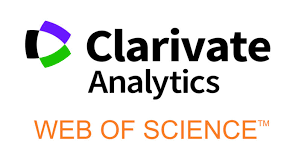
Read More
